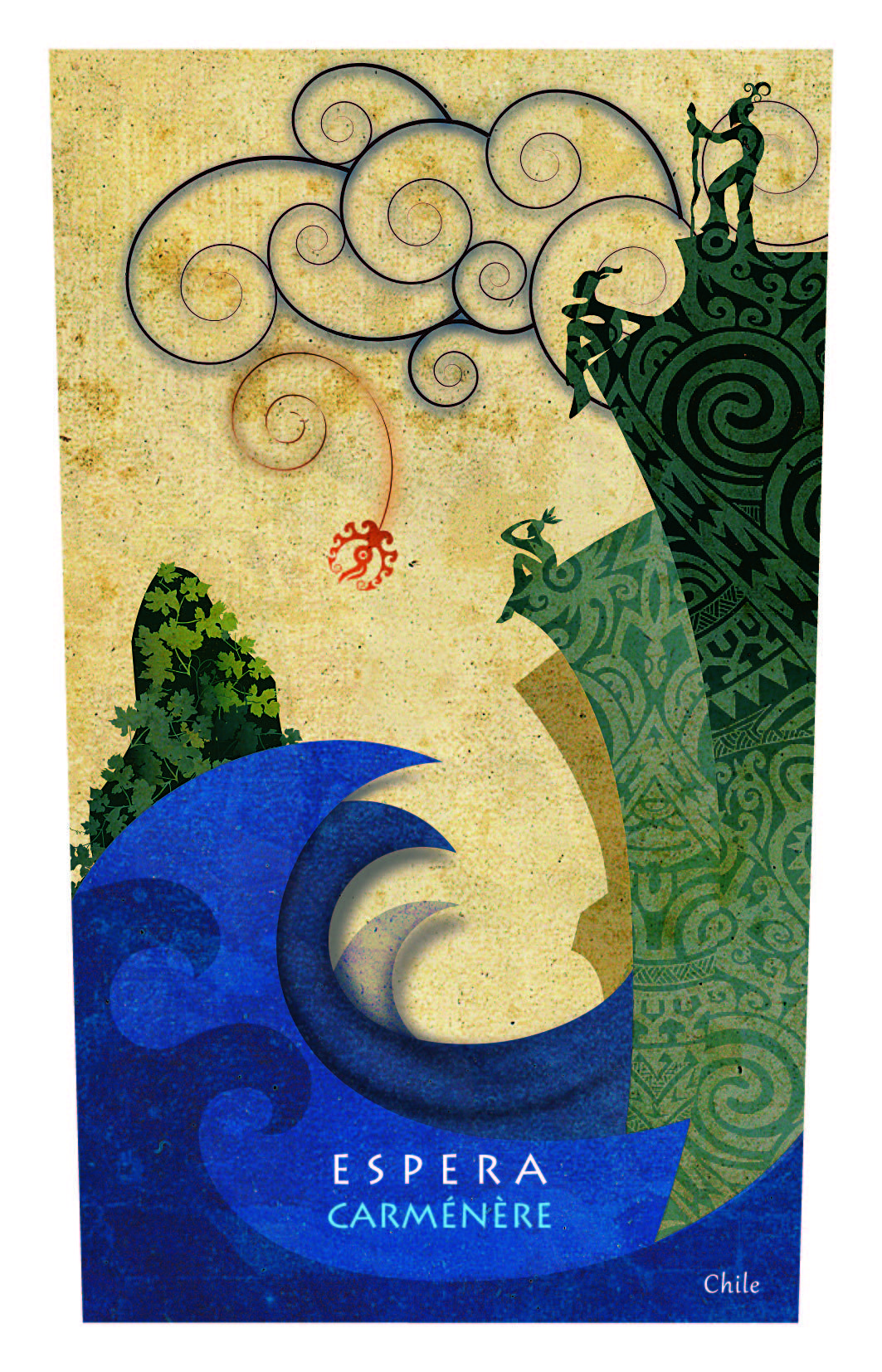2013 Maule Valley Carmenere
The Manutara Espera is a captivating red wine from the picturesque Maule Valley, showcasing the unique characteristics of the Carmenere varietal. This 2013 vintage delights the senses with its medium body and balanced structure, offering a delightful experience that is both robust and approachable. With a vibrant acidity that dances on the palate, it brings forth a pleasant freshness, enhancing the overall tasting experience. The fruit intensity is prominent, showcasing lush notes of dark berries intertwined with elegant hints of spice and herbal undertones. Tannins are notably firm yet refined, providing a solid backbone for the wine, ensuring it pairs wonderfully with a variety of dishes. In terms of dryness, it is beautifully crafted, striking a harmonious balance that adds to its appeal, making the Manutara Espera a wonderful choice for any occasion.
The Manutara Espera is a captivating red wine from the picturesque Maule Valley, showcasing the unique characteristics of the Carmenere varietal. This 2013 vintage delights the senses with its medium body and balanced structure, offering a delightful experience that is both robust and approachable. With a vibrant acidity that dances on the palate, it brings forth a pleasant freshness, enhancing the overall tasting experience. The fruit intensity is prominent, showcasing lush notes of dark berries intertwined with elegant hints of spice and herbal undertones. Tannins are notably firm yet refined, providing a solid backbone for the wine, ensuring it pairs wonderfully with a variety of dishes. In terms of dryness, it is beautifully crafted, striking a harmonious balance that adds to its appeal, making the Manutara Espera a wonderful choice for any occasion.




